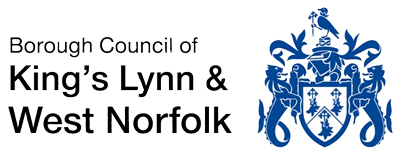'Royalty and Remembrance'
The Sandringham route begins with a loop to the south, visiting Castle Rising and crossing the Babingley River on the way out and back. St. Felix sailed up this river before introducing Christianity to East Anglia in AD 615, a story immortalised on Babingley’s village sign.
Castle Rising’s castle itself and the Church of St. Lawrence were built in the 1150s. In the 1300s the castle was home to Queen Isabella after her possible involvement in the murder of her husband, King Edward II. Other buildings in the village of Castle Rising, such as the cottages at 20 and 21 Low Road and Trinity Hospital, an almshouse, are post medieval and date from the 1600s.
Returning to the Sandringham estate and the more recent past, the route passes the Norwich Gates at Sandringham, which were originally constructed for the Great Exhibition of 1862. Looping out via West Newton and Anmer churches, the route returns through the heart of the estate, past the War Memorial.
The Sandringham estate was purchased by the Prince of Wales, later King Edward VII, in 1862. Sandringham House, built shortly afterward, re-introduced a royal retreat to north-west Norfolk. The house and estate have provided employment to locals for generations.
Sandringham has been witness to several significant events in the story of the royal family. King Edward VII’s son and successor, King George V, died at Sandringham in 1936 while his grandson, King George VI, was born at Sandringham in 1895 and died there in 1952.
The gardens, a museum and Sandringham House itself are open to the public during the summer months, and the estate’s visitor centre and woodlands are open all year round.
-
 Church
Church
-
 Heritage
Heritage
-
 Accommodation
Accommodation
-
 Active
Active
-
 Bus Stop
Bus Stop
-
 Food
Food
-
 Info
Info
-
 Shop
Shop
-
 Trails
Trails
Difficulty
Easy
Map Reference
(OS Explorer 250)
Distance
14.75 miles
Type
Cycling
Dog Friendly
No
Time
1 hour 15 mins



